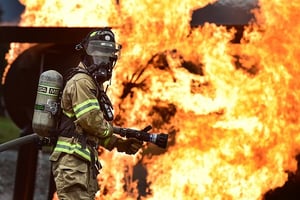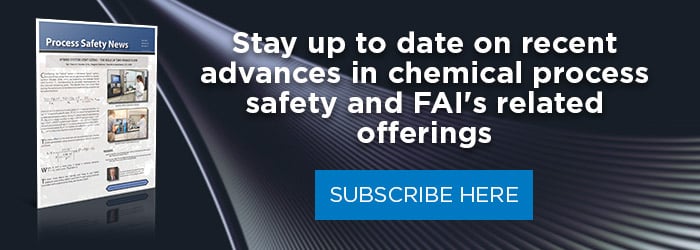A February '18 article in Plant Services highlighted the results of a survey regarding electrical safety in plants. "Electrical Safety Survey Results: Is your plant a safe plant? " is a study of 200 readers of the magazine. Nearly a third (29%) of those

surveyed were either plant managers or maintenance managers. The survey asked questions about Personal Protective Equipment (PPE), incidents, safety technologies, and other safety issues.
Interestingly, two of the questions in the survey directly related to combustible dust – namely, whether there was an effective dust mitigation plan and if there was sufficient grounding and bonding. Almost 27.1% saw dust mitigation as a medium to high risk, and 22.2% of respondents saw ineffective grounding as a medium to high risk.
“Faulty electrical, or electrical equipment not rated for the production environment, and static electricity are major ignition sources for dust cloud deflagrations and explosions," states Dr. Ashok Dastidar, PhD, MBA and Vice President of Dust & Flammability Testing and Consulting Services - Fauske & Associates, LLC (FAI). "Avoiding or mitigating these ignition sources will go a long way in reducing the risk of a catastrophic explosion. Our FAI On-Site Services team can identify these issues at your current (or proposed) facility and then help you strategize remedial administrative and engineered controls.”
 Fauske and Associates, LLC's On-Site Services team has performed 100’s of on-site assessments to address issues related to bonding, grounding and dust mitigation by performing Dust Hazard Assessments (DHAs) as well as Process Hazards Assessments (PHAs) - key tools in any Process Safety Management (PSM) plan. We also train professionals around the US through our two-day combustible dust training course, which helps professionals of all levels identify process risks and develop solutions.
Fauske and Associates, LLC's On-Site Services team has performed 100’s of on-site assessments to address issues related to bonding, grounding and dust mitigation by performing Dust Hazard Assessments (DHAs) as well as Process Hazards Assessments (PHAs) - key tools in any Process Safety Management (PSM) plan. We also train professionals around the US through our two-day combustible dust training course, which helps professionals of all levels identify process risks and develop solutions.
More than 63% of respondents said they outsource testing. Basic tests for understanding whether your dusts are combustible, for example, are very low-cost and can rule out concerns related to explosion hazards. Many plant concerns can be tested in a managed budget approach. The key to managing potential risks is a regularly scheduled program of review and testing, regardless of your choice to handle your facility's safety needs internally or externally. NFPA 652 requires that any facility with a combustible dust perform a Dust Hazard Assessment (or DHA) at regular intervals to address potential risks arising from process or material changes. Ignoring possible risks or implement a plant safety plan including a regular schedule leads to long term problems and potentially hazardous operating conditions.
We encourage you to read the full survey. If you have questions about combustible dust, electrical hazards, DHAs, PHAs, PSMs or other facility safety concerns, please don’t hesitate to email us at info@fauske.com or call us 630-323-8750.

